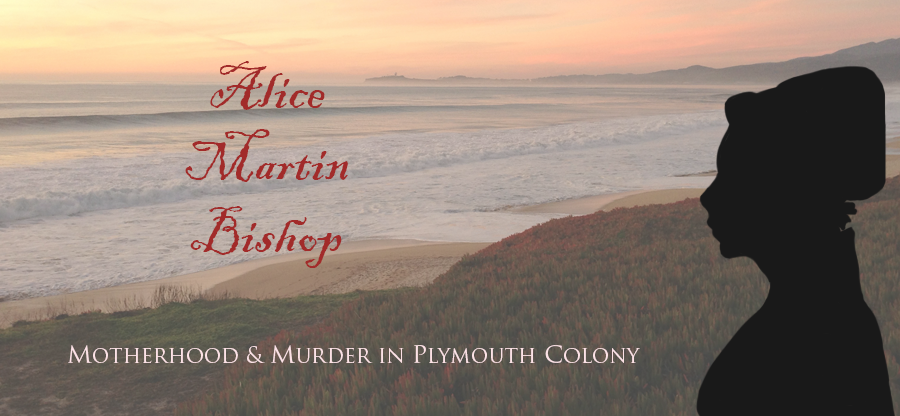Kristin Luce, January 2015
The Plymouth Town Records tell us that in 1653, “Abigaill Clarke” registered “a half moone on the right eare” as her unique branding mark, to identify her cow from other wandering Plymouth bovine (vol. 1, p. 2).
For some reason, I’m having trouble getting the image of Abigail and her cow out of my mind. It’s a poignant picture I’ve been creating, of the lonely 12-year-old orphan with no one to love — or to love her back — but her cow. (I don’t know if cows show affection, but if Abigail fed it, it was probably glad to see her. My Oklahoma cousin Erin, somewhat of an expert, tells me: “They will nuzzle you if you show up with oats, but they aren’t going to spoon you in bed or validate you.”)
Cattle were plentiful in New England in the 1640s, to the extent that their value had dropped significantly by the time the Great Migration began to peter out in the early years of that decade. But while their value as a trading commodity decreased, they still played an important part in the daily lives of Puritan families — cows for dairy and breeding, gelded males primarily for draft work (Chartier, see below).

